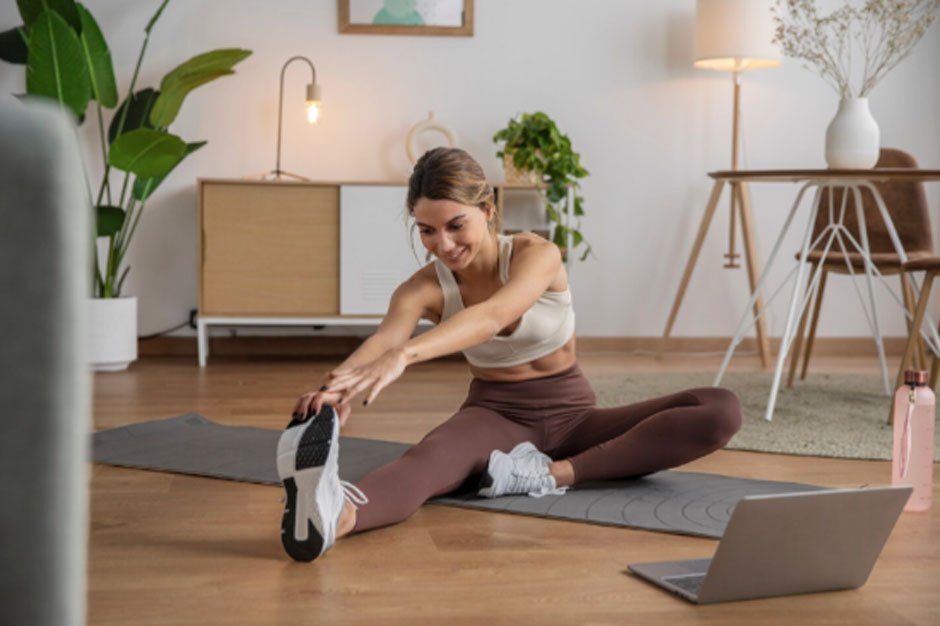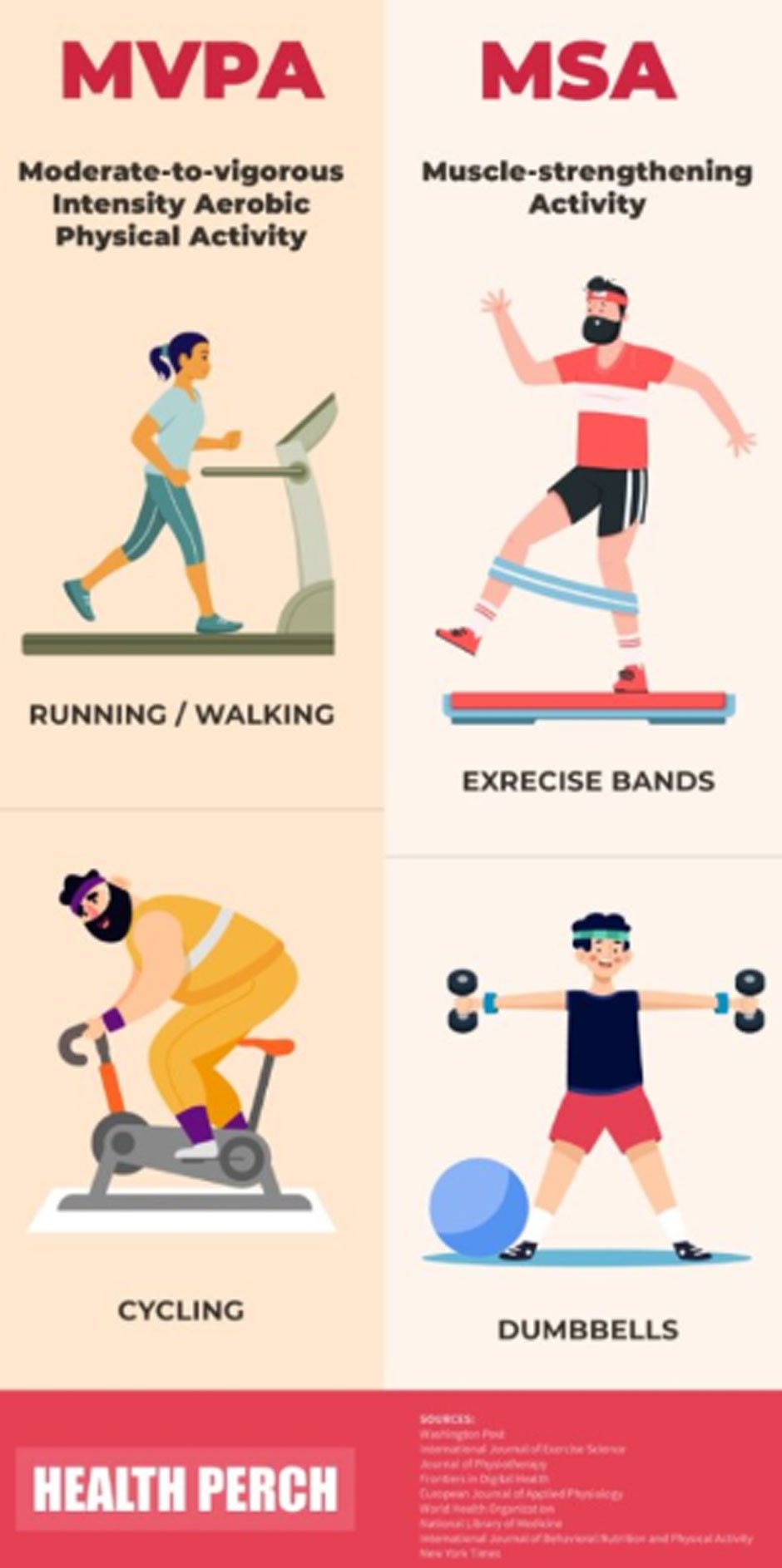 Have you ever wondered about the benefits of a home gym environment that properly fits your lifestyle, space and fitness goals?
Have you ever wondered about the benefits of a home gym environment that properly fits your lifestyle, space and fitness goals?
The advantage of making your own gym space at home is that it is completely customizable. For example, you can begin to build out the space with a basic setup and grow the space into your fitness oasis.
However, the trick is about how or where to begin, how to upgrade efficiently, and how much time to invest in new, larger equipment without unreasonable expenses.
Speaking of which, in this guide, we are going to walk through five levels of home gyms, each designed to fit different prices, space requirements, and commitment.
So, whether you are a zero-equipment newbie or an advanced fitness buff at an elite level, you will find different useful setups and ideas that will make you stay motivated, persistent, and in tune with your health-related objectives.
Simple To Professional: What You Need To Complete Your Comfortable Home Gym
Here are some helpful levels of equipment that will lead you to the setting that differs according to your objectives, the space you have, and your finances.
Level 1: Minimalist Start with Bodyweight & Basics
Great for novices or anyone with minimal space and funds, Level 1 is all about using your body with maybe a couple of inexpensive accessories.
For instance, exercises like push-ups, squats, lunges, and planks provide massive strength and endurance growth with zero machine requirements. This way, you can enhance your workout zone, but keep it small by adding basic accessories such as resistance bands, a jump rope, or a yoga mat. With these essentials alone, you can turn even the tiniest corner of your house into an efficient home gym setup.
Overall, you can build strength, flexibility and a regular workout routine with these as a foundation and then proceed to more advanced equipment.
Level 2: Everyday Strength with Compact Equipment
Wanting to advance your in-home gym setup? Level 2 presents more multipurpose, space-saving equipment, such as an adjustable dumbbell, kettlebell, and medicine ball. These portable extensions will multiply your gyming possibilities, whether for core training or whole-body workouts, without overwhelming your home space.
You can also use adjustable weights to increase your training level gradually. Alternatively, practice with jump ropes and lighter kettlebells to enhance conditioning. This arrangement is the perfect match for casual weightlifters and other busy professionals who want an effective yet compact workout space.
It is halfway between minimalist training and more complex ones, and allows you to develop muscle, endurance, and keep the fitness process interesting and fun.
Level 3: Strength Builders – Rack and Barbell Set Up
Level 3 is where things get serious. It adds heavy equipment, like an adjustable bench, a barbell with weight plates, and a power cage or squat stand. These fundamentals unlock the basics of compound training, such as deadlifts, bench pressing, and squats, that have remained a foundation aspect of strength development.
This setting is more space-demanding, usually a garage or a medium-sized room, and demands a greater investment in equipment and dedication. Although it is a larger leap, both literally and figuratively, it cannot be matched in the ability to develop strength efficiently.
Therefore, to those who commit to lifting, this is where actual transformation starts at your home gym.
level 4: Enhanced Strength & Versatility
This level makes your home gym into a complete strength-training facility. Here, you add a complete power rack with attachments, a cable machine and a wider range of dumbbells to your setup.
These upgrades let you mix big strength moves with targeted exercises, offering plenty of workout options. It is a perfect fit for athletes and serious fitness enthusiasts since it allows a varied routine to attain a balanced development.
This stage usually takes up more committed floor space and additional investment. However, the rewards include unparalleled versatility that allows your home gym to become a real substitute for the commercial gym.
Level 5: Elite Training & Recovery Zone
At this level, you get the full athlete performance and recovery setup.
That is because it incorporates commercial-grade racks, functional trainers, leg press machines and a wide selection of free weights and kettlebells. In addition to strength and conditioning, recovery is emphasized with foam rollers, massage guns, and mobility stands. Targeted at professional athletes, personal trainers, or enthusiastic gym-goers, this arrangement requires a complete gym and a considerable investment of funding and time.
In turn, it offers unlimited training versatility, pro-level conditioning, and elite-level recovery in the comfort of your own home. Hence, you do not merely have a convenient gym; you have a full performance and wellness powerhouse.
Choosing the Right Level for You
The ideal home gym should complement your present lifestyle and have room to expand. For example:
- Level 1 best suits a beginner or someone who wants a simple workout without complications.
- Level 2 is ideal for casual exercisers or busy people who want to incorporate strength training using compact equipment.
- Level 3 targets serious athletes intent on developing muscle and strength at home.
- Level 4 is the most suitable with fitness lovers who are advanced, with the flexibility of being an all-round body training.
- Level 5 is perfect for committed athletes or fitness enthusiasts who want an advanced home gym.
Conclusion
Creating a home gym is more than just placing equipment—it’s about designing a space that grows with your goals, space, and lifestyle. Starting small and progressing through the five levels allows you to build strength, versatility, and performance at your own pace.
Hence, whether you begin with simple bodyweight exercises or evolve into an elite training and recovery zone, your home gym becomes a personal hub for health, motivation, and long-term fitness success.








Leave a Reply